PLEB Magazine sat down with Julie Verdich to talk about all things sustainable bio-dye techniques and material innovation for an ecologically sustainable fashion future.
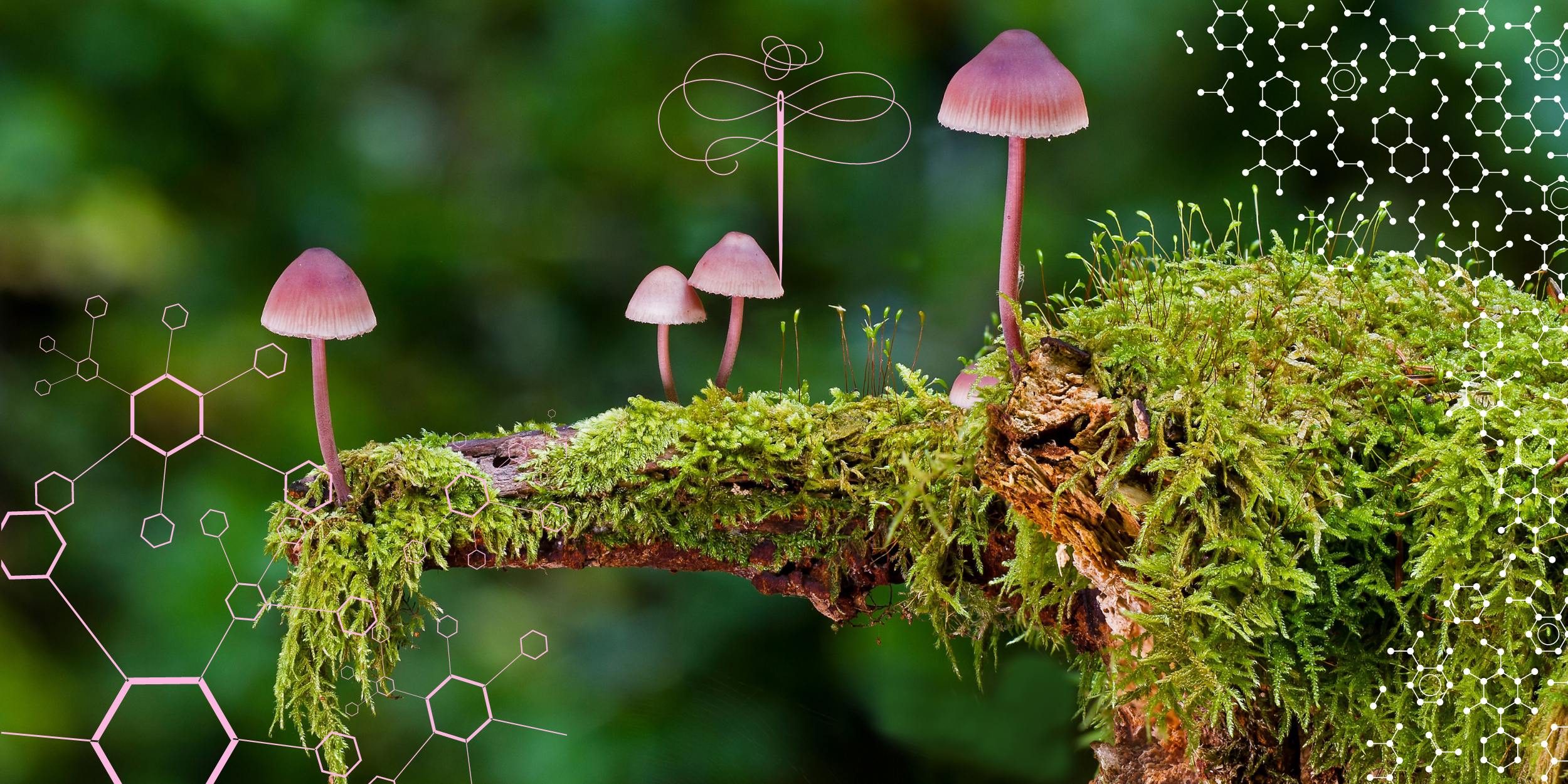
Can you tell us a bit about your journey into sustainable fashion? What sparked your interest in material innovation?
My journey into sustainable fashion began over 20 years ago, driven by my deep passion for product development, fashion, and global supply chains—especially the people behind every step of making garments coming to life. As I transitioned into material and supply chain strategy roles, I witnessed firsthand the profound impact materials have, from sourcing through to end-of-life. This experience fueled my commitment to exploring innovative, low-impact materials, which became a key focus when I took on exciting roles centred around material innovation.
What was the first sustainable material you worked with, and how did it influence your approach to fashion design?
The first sustainable material I worked with was organic cotton—nearly 20 years ago. It was anyways a kickstarting process as it demonstrated how traditional materials could be reinvented to significantly reduce environmental impact. This experience taught me that sustainability doesn’t mean sacrificing quality or aesthetics; in fact, it can enhance both. It shaped my approach to always prioritising sustainable alternatives that uphold design integrity while minimising environmental impact.
What key sustainable materials are you currently working with, and what makes them unique or revolutionary?
I’ve shifted my focus from materials to dye substances and I’m now working with dyes developed through precision fermentation. These are revolutionary because they leverage natural biological processes to create high-performance, non-toxic dyes with a significantly lower environmental footprint compared to conventional petrochemical-based alternatives.
What are the biggest challenges you face in sourcing or creating sustainable materials, and how do you overcome them?
One of the biggest challenges is scalability and consistency. While there are many promising sustainable solutions, bringing them to commercial scale without sacrificing quality or performance can be difficult. I address this by building strong partnerships with startups, research institutions, and suppliers who share the same commitment to sustainability.
How do you balance innovation with maintaining aesthetic and performance standards in your products?
Balancing innovation with aesthetics and performance starts with a deep understanding of the capabilities and limitations of each material or dye. In the past, as a Product Developer or Material Lead, I worked closely with designers and technical teams to ensure that any new sustainable solution we developed not only met environmental goals (proven low impact) but also maintained high standards of quality, durability, and visual appeal that consumers expect.
Are there any new or emerging technologies that excite you in the realm of sustainable material development?
Precision fermentation, bioengineering and bio-fabrication are incredibly exciting areas right now. The ability to use microorganisms to create textiles, dyes, and even leather-like materials could be game-changing for the industry. These technologies not only reduce the environmental impact of production but also provide new possibilities for creating entirely new types of materials that haven’t existed before.
How do you see sustainable material innovation shaping the future of the fashion industry?
Sustainable material innovation could reshape the industry by redefining how we think about resources. As the demand for transparency and circularity grows, the materials we use will be critical to how fashion brands operate.
In what ways do you think the fashion industry can better support designers and brands focusing on sustainable materials?
The industry can better support designers by fostering stronger collaboration between brands, suppliers, and material innovators. Additionally, creating clearer pathways for funding and investment in sustainable materials and processes will help startups scale their innovations.
What strategies do you employ to minimise waste during the production process with these materials?
My focus is now on sustainable dyes, but overall, minimising waste starts with design, production planning, and supply chain transparency. These elements ensure that resources are used in the best way and waste is reduced at every stage.
Do you believe there’s a point where sustainable materials will be as affordable and widely used as conventional ones, or will they always remain niche?
Sustainable materials are becoming more affordable as technology advances and demand (from brands) increases, but it’s important to remember that quality comes at a cost. To create durable and long-lasting products, we need high-quality, durable materials, and these naturally have a different price point than lower-quality options. While sustainable materials may in some cases not be at the same cost-level as conventional ones, their value lies in longevity, performance, and the environmental benefits they offer, making them a worthwhile investment in the long term.
Looking forward, what’s the next big thing in sustainable material innovation?
I’m not the one to predict the future of innovation—that’s for all the brilliant innovators out there. However, I’m constantly inspired by the breakthroughs happening in the industry, particularly in biotechnology and material science. It’s an exciting time, and I’m eager to see where the next wave of innovation takes us.
Who or what inspires you to keep innovating in the sustainable fashion space?
When seeking advice, sparring, or insights, I often turn to Suzanne Lee, Founder of BioFabricate, and Lauren Bartley, CSO at GANNI. Both are incredible leaders within the space of bioengineering, innovation and sustainability. On top of that, I wish everyone could meet Nethaji Gallage, Founder of Octarine Bio. She is also one of the future leaders within the bioengineering space, pioneering groundbreaking work that will shape the future of sustainable dyes.
How do you envision your brand or projects evolving in the next few years as sustainable fashion becomes more mainstream?
As sustainable fashion becomes more mainstream, I see Octarine Bio leading in the space of providing dye solutions that are not only sustainable but also scalable for mass production. We are committed to pushing the boundaries of science to ensure that sustainability and innovation go hand in hand as the industry continues to evolve.
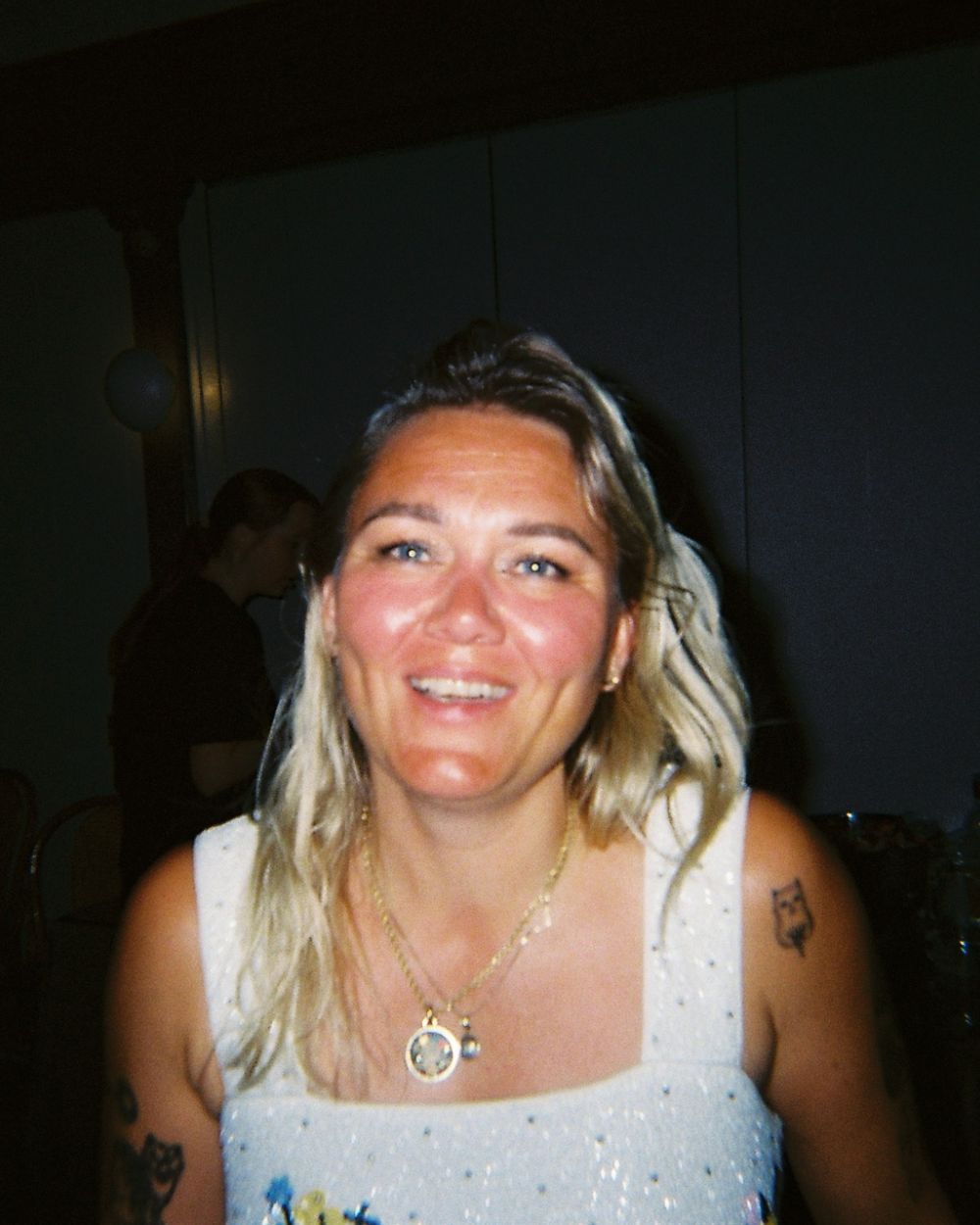
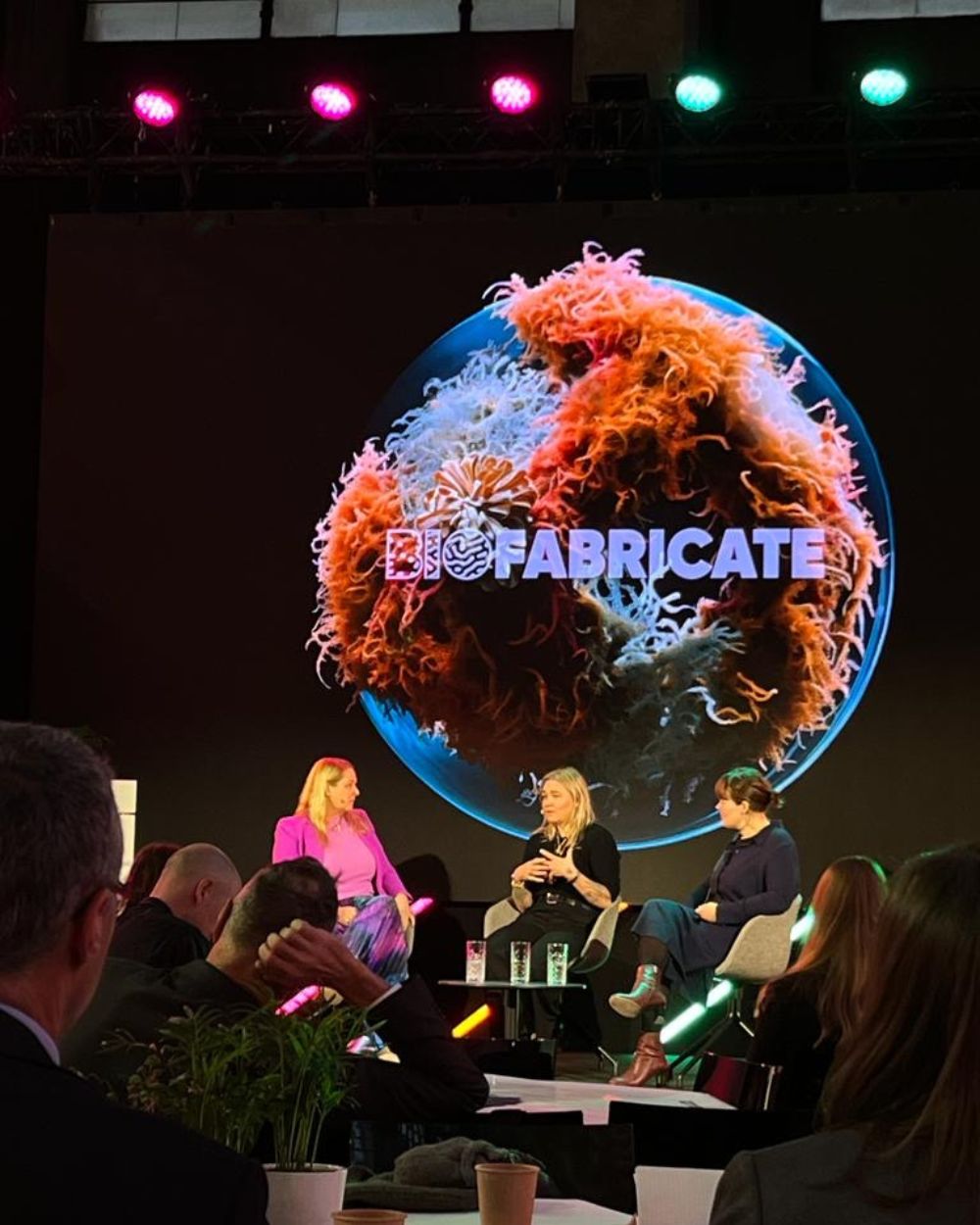
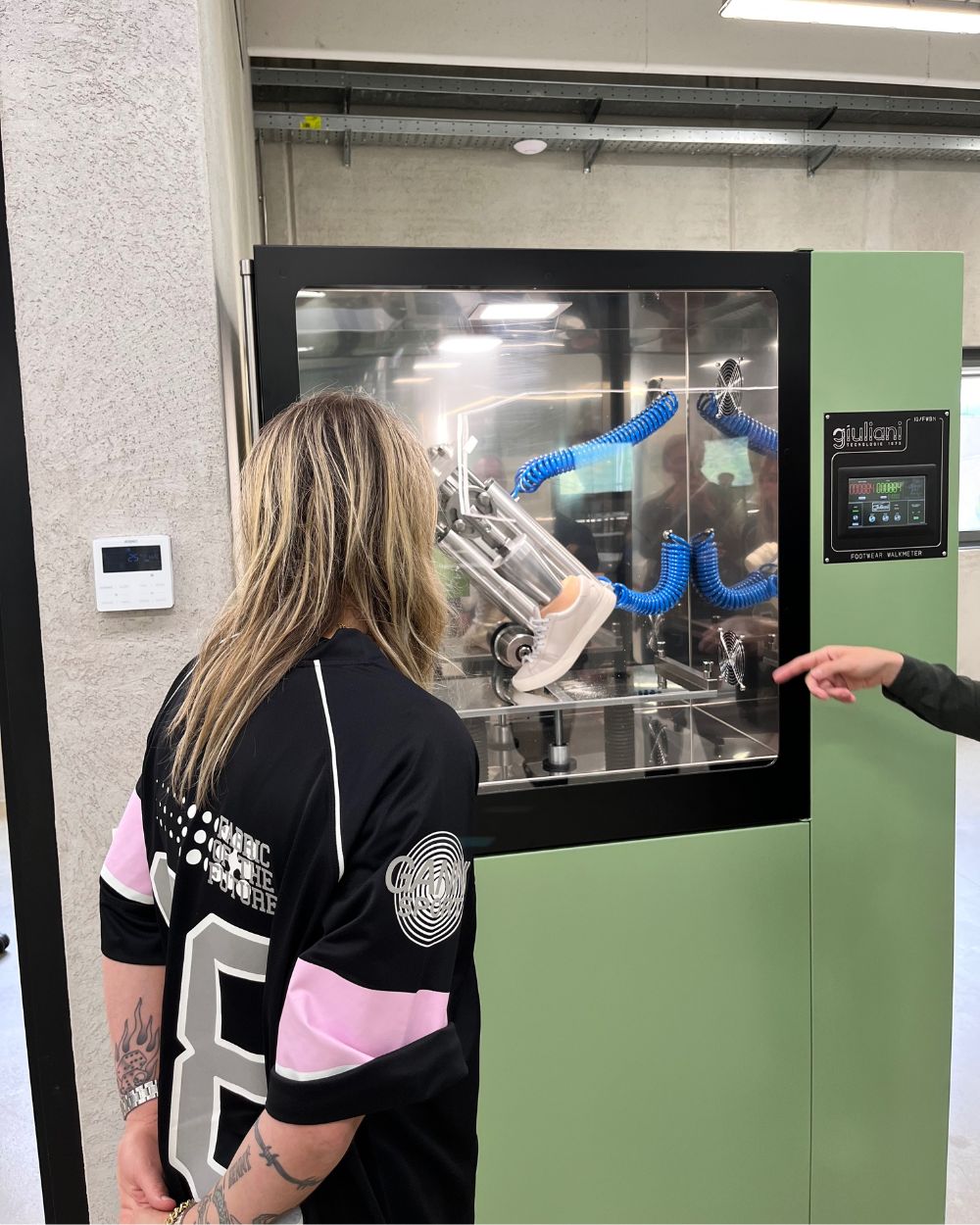
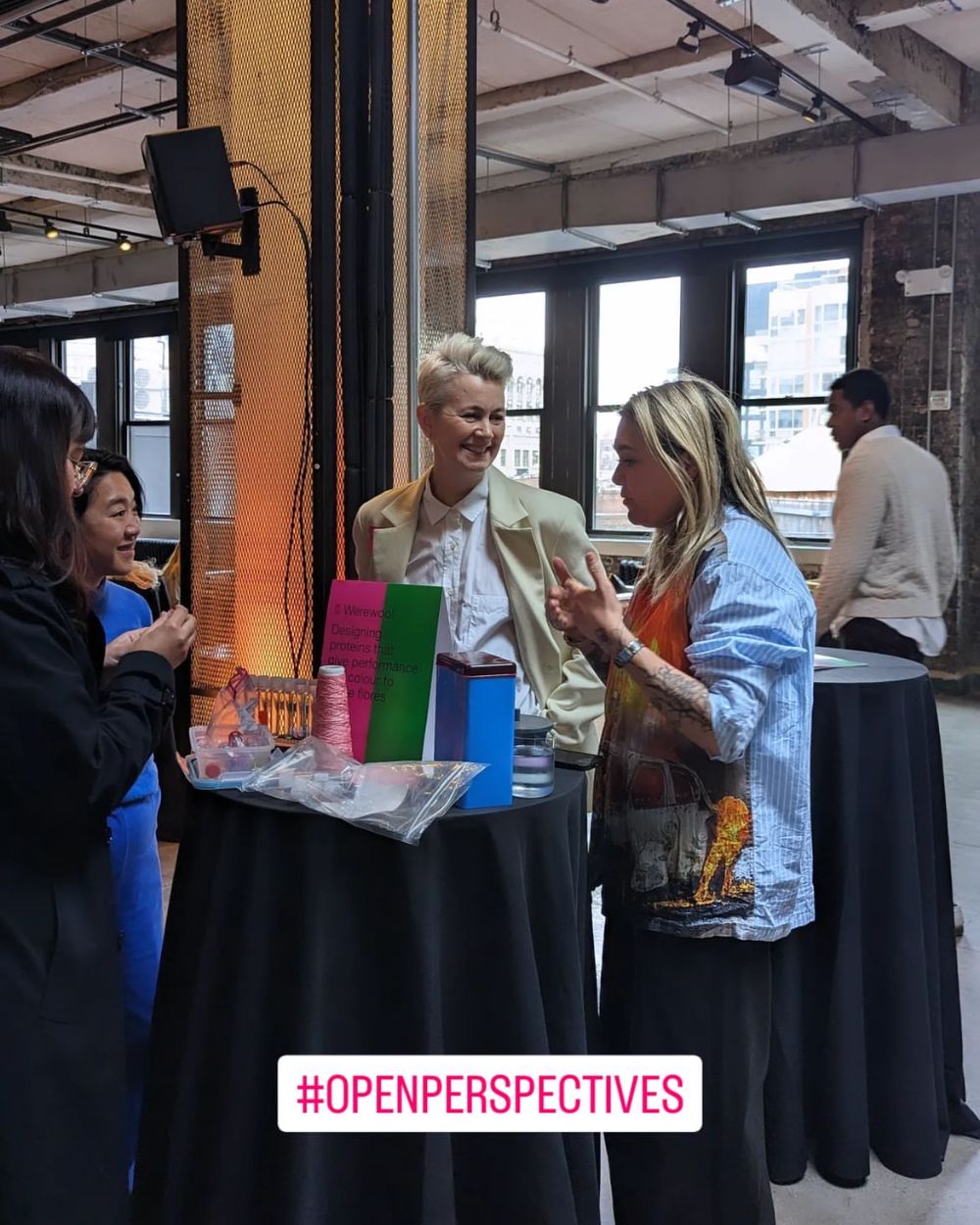
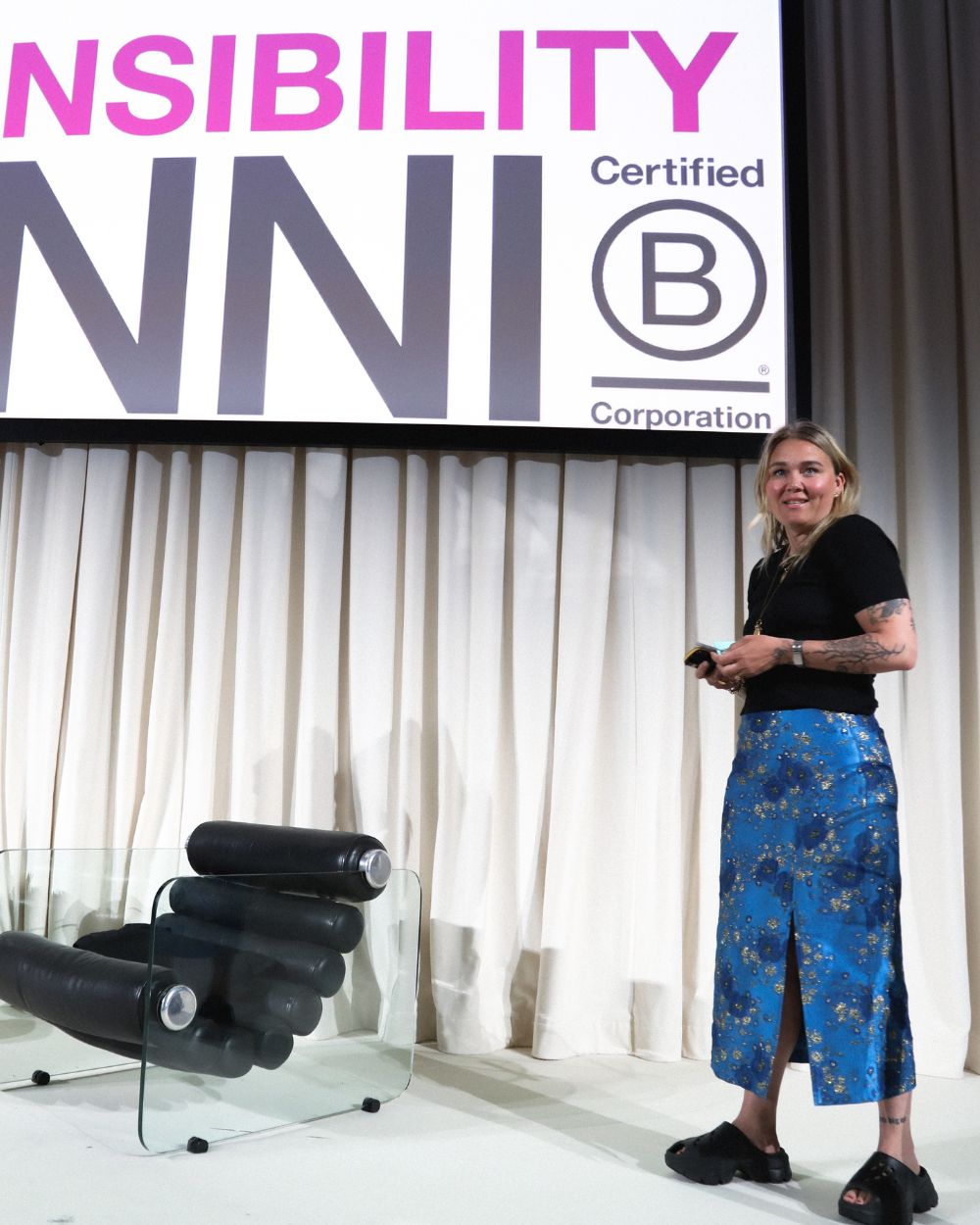
Julie Verdich
Title: Director of Business Development at Octarine Bio
Website: octarinebio.com
Contact: julie@octarinebio.com
Location: Denmark